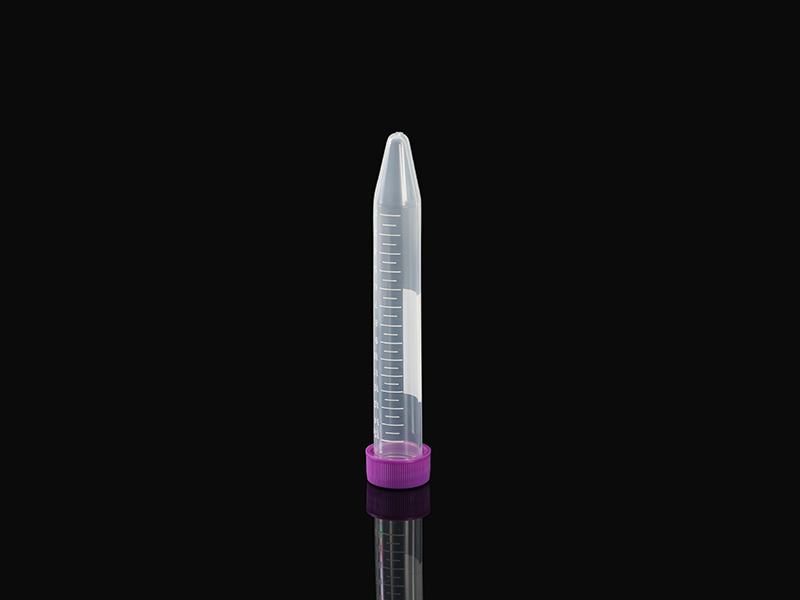12
Mar
A Microcentrifuge Tube is a vessel that is used in centrifugation experiments. A centrifuge is an apparatus that uses magnetic field to separate proteins. The radii of centrifuges vary, and each one applies a different amount of force to the samples. The RCF or rotations per force is used to measure the amount of force that is applied to each sample. Hence, it is important to choose the proper microcentrifuge tube for your experiment.
A Microcentrifuge Tube has conical bottom and is usually made of plastic. Its cap is designed to fit tightly, while its hinge is flexible. The typical hinge on microcentrifuge tubes is a single-handed opening mechanism. A newer design makes the tube easier to open and prevents wear and tear on the mechanism. A snap cap can also be used for storing samples. These are available in various sizes and can help you organize your laboratory space.


A microcentrifuge tube is made of pure polypropylene and comes in various sizes. A conical 1.5-mL tube is ideal for processing small volume samples and storing extracts. Its conical shape allows easy reading of a gradient. The microcentrifuge tube also has an RNAse- and Pyrogen-free seal, ensuring that your samples are protected from potentially harmful bioactive contaminants.
There are two types of 1.5-mL microcentrifuge tubes. The first one is the standard tube, and it contains 1.5 mL of liquid. The second one has 1.7 mL of liquid. The rotor in the microcentrifuge is more than enough for most molecular biology samples. The higher-capacity version of the same tube will hold approximately 1.1-mL of molecular-biology sample.
A Microcentrifuge Tube is a small, cylindrical plastic tube with a conical bottom. The top of the microcentrifuge tube is often used to collect drops. The bottom part is the rotor. The rotor is the separating component of a microcentrifuge. If the rotor is not large enough, it is too big for the sample to be properly analyzed.
A Microcentrifuge Tube is a type of autoclavable polypropylene "reaction tube." The tubes are made of pure polypropylene and feature a conical bottom and shield-shape hinged caps. They are also thicker than standard polypropylene tubes to prevent leaks and other problems. In addition, the 1.5-mL tubing is frosted for easy writing.
Microcentrifuge Tubes come in two primary types: bulk and case. Bulk microtubes are typically delivered in a large bag. While bulk microtubes are cheaper, the latter is faster and requires fewer lab resources. However, it can be difficult to keep up with the demands of an experiment if the microcentrifuge tubes are not of high quality. In this situation, it is advisable to buy one that is clear for easier viewing of the sample.

 简体中文
简体中文











